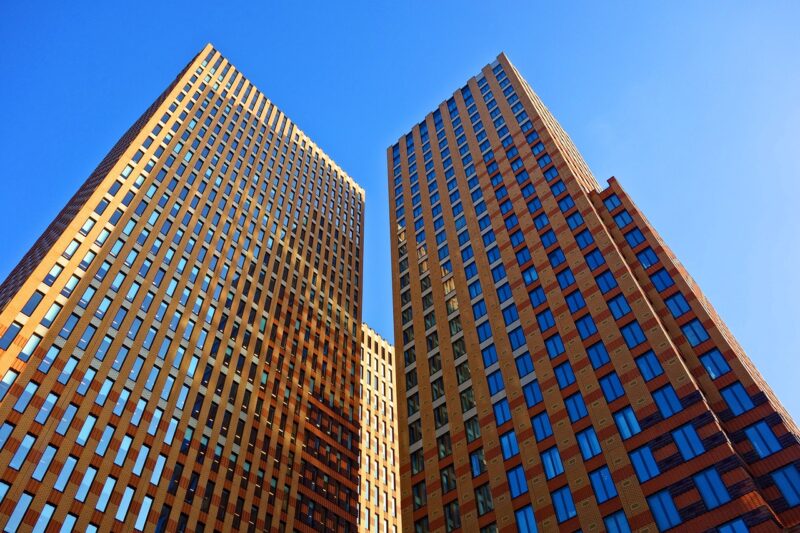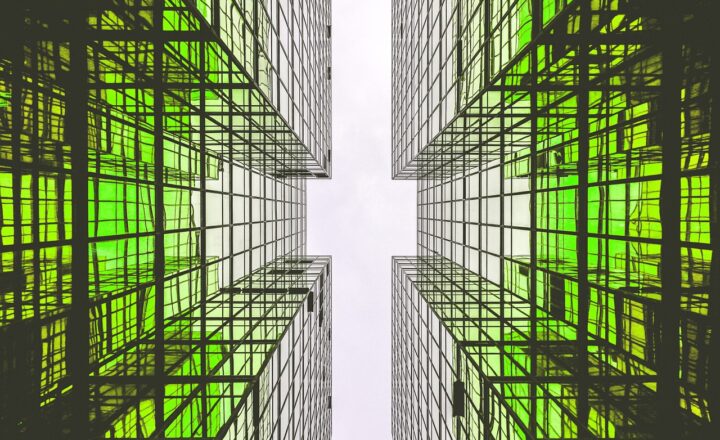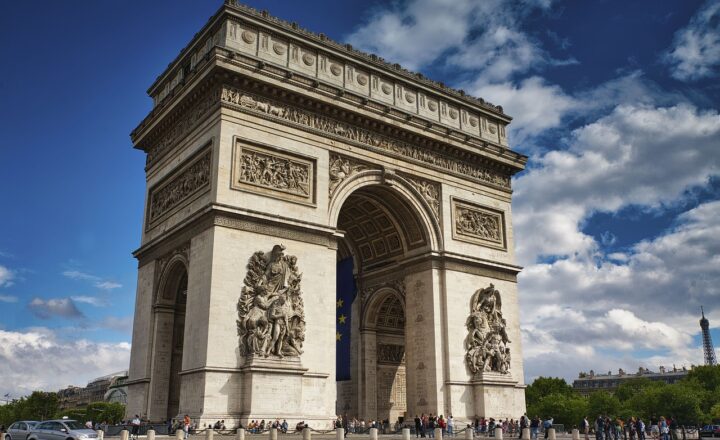Why Humans Have Always Been Drawn to Building Tall Structures
November 17, 2024

Throughout history, humanity has been captivated by the challenge of reaching new heights. From the ancient pyramids of Egypt to modern skyscrapers that touch the clouds, tall structures have always represented not just physical height, but also monumental achievements in engineering, culture, and ambition. In this article, we’ll explore the reasons why humans have always been drawn to constructing tall structures and how these edifices serve as symbols of progress, identity, and inspiration.
1. The Symbolism of Height: Power and Prestige
Tall structures have long been associated with power and prestige. Historically, kings, pharaohs, and political leaders commissioned grand buildings that towered over their surroundings to reflect their authority and dominance.
Take, for example, the Great Pyramid of Giza. Built around 2580-2560 BCE, this massive structure was the tallest man-made object in the world for over 3,800 years. It served not only as a monumental tomb but also as an everlasting symbol of the Pharaoh’s power and godlike status.
Similarly, in modern cities, skyscrapers serve as beacons of economic strength and urban prestige. Cities like New York and Dubai have climbed to new heights in architecture to showcase their development and success. The Empire State Building, constructed during the Great Depression, aimed to project hope and resilience, becoming a symbol of American progress.
2. The Engineering Marvels of Their Time
Building tall structures has pushed the boundaries of engineering and architectural resilience. Every towering edifice represents advancements in technology, materials, and design. Ancient societies strove to build ever-greater structures, leading to innovations that laid the foundation for modern engineering.
During the Middle Ages, the construction of cathedrals like Notre-Dame and Chartres with their intricate flying buttresses and grand spires revolutionized architectural techniques. These designs didn’t just elevate roofs; they allowed massive stone structures to stand tall and stable, defying gravity. The evolution of materials, from the use of concrete to steel and glass, has enabled the heights of modern skyscrapers.
For instance, the Burj Khalifa in Dubai, currently the tallest building in the world, showcases revolutionary construction techniques and materials, asserting that the sky is the limit when it comes to human innovation.
3. Cultural Identity and Belonging
Tall structures often become defining icons of their respective cities or nations. They contribute to a place’s cultural identity and instill a sense of belonging among residents. The Eiffel Tower, for instance, stands not only as a feat of engineering but also as a national symbol of France, epitomizing Parisian art and culture.
In many cultures, skyscrapers and towers represent human achievement, embodying dreams and aspirations that reflect the character of their cities. Tall structures can unify a city’s residents, evoking pride and connection to the broader narrative of progress and achievement.
In cities around the world, people often refer to their landmarks as part of their identity, forming an emotional bond with these towering symbols. They become places where histories are made, making them pivotal in community engagement and activities.
4. The Decline of Space and Urbanization
As the global population continues to rise, the demand for space intensifies, particularly in urban areas where land is limited. This has prompted architects and builders to create taller buildings to maximize space. Urbanization has led to the growth of megacities where vertical growth is not just an option; it’s a necessity.
Cities like Hong Kong and Tokyo stand tall as iconic symbols of urban living and density. As populations swell, the ability to build upwards addresses the scarcity of flat land—the higher they build, the more inhabitants they can accommodate. This necessity for space results in skyscrapers that combine residential, commercial, and social functions, creating vertical communities.
In a sense, the drive towards tall structures is a response to humanity’s need to adapt to the challenges of modern urban life, making effective use of available land while preserving the ecosystem around us.
5. Inspiration and Aspirations
Tall structures serve as physical manifestations of humanity’s aspirations and dreams. They inspire creativity in art, literature, and innovation. The act of reaching for the sky reflects a desire to push boundaries—both literally and metaphorically.
Writers, filmmakers, and artists often use tall buildings as symbols of ambition and hope. The images of individuals standing by the towering structures represent the dream to aspire and reach greater heights in various aspects of life, aligning with the human spirit of perseverance and achievement.
By standing tall, these buildings urge people to dream bigger, reminding them that greatness can be achieved with hard work and vision and inviting onlookers to reflect on their own ambitions and aspirations.
6. Environmental Design and Sustainability Efforts
As the world is increasingly facing environmental concerns, modern architecture is evolving to incorporate sustainable practices. Innovative green building designs often utilize vertical space to create eco-friendly structures that not only reduce land use but also promote sustainability through features such as green roofs, energy-efficient systems, and sustainable materials.
Buildings like The Edge in Amsterdam and Bosco Verticale in Milan exemplify the role of tall structures in environmental stewardship. They integrate nature into urban living, allowing flora to thrive amidst concrete, thus enhancing urban biodiversity and improving air quality.
Sustainable tall structures symbolize a progressive vision of architecture, showcasing that humans can balance modernization with nature. The integration of nature into architecture encourages a harmonious coexistence within urban settings, redefining what it means to be ‘tall’ in a future-oriented society.
Conclusion
The allure of tall structures is deeply woven into the fabric of human civilization. As symbols of power, technological advancement, cultural identity, and aspirations, these edifices encapsulate our shared human experience. They challenge us to dream big, pushing the limits of architecture while simultaneously providing functional living and working spaces.
The evolution of tall structures is also a testament to humanity’s resilience and ingenuity in adapting to space constraints and environmental challenges. As we move forward into the future, one can only wonder what new heights we will reach and what innovative designs will define our skylines. Ultimately, tall structures will continue to inspire, challenge, and reflect the very spirit of humanity itself, demonstrating that our aspirations truly know no bounds.







